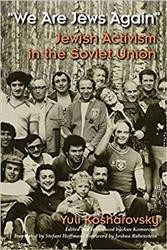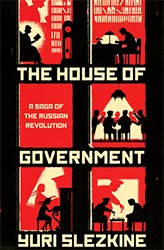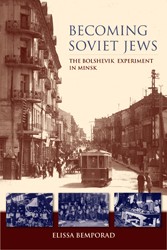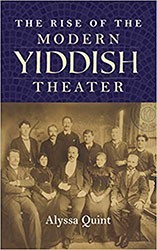More than a million Jewish emigrants emerged from the former Soviet Union in one of the most remarkable, even miraculous, events of modern history. A miracle decades in the making, it involved numerous actors in many places, moved by a variety of emotions and calculations, to undertake the effort to release the masses of Jews behind the Iron Curtain.
Edited by a veteran and prolific Israeli scholar, the book consists of fourteen chapters written by talented scholars immersed in the vast secondary literature and the wealth of primary sources that have become available, as access to Soviet and other archives improved. Figures involved in the Jewish Movement have published their own memoirs and other writings. Moreover, a new generation of scholars, who are children of the Soviet Jewish dissidents and emigrants, has arisen to interview their parents and grandparents.
The book opens with three chapters providing an overview of the genesis, strategy and tactics, and achievements of the Jewish Movement that some argue hastened the demise of “the Evil Empire.” There are fascinating chapters on the impact of the Holocaust and the State of Israel on Soviet Jewish identity and the phenomenon of dissidence in the final decades of the USSR. The attitude of the Soviet regime toward Jewish emigration was also affected by the contentious issues of human rights and national rights that the Soviet leadership perceived as threats to their reign.
Other chapters look at the growing literature of memoirs by Jewish activists, as well as at Jewish samizdat, clandestinely published Jewish texts, starting with the electrifying novel Exodus. The appearance and proliferation of illicit and increasingly public Hebrew language instruction, along with the decision of some Soviet Jews to become more intensely engaged with traditional Judaism, are also explored. Michael Beizer’s chapter on how the Jewish movement was funded is fascinating, as he “follows the money,” revealing how substantial aid was clandestinely provided by the Joint Distribution Committee and other organizations. The book closes with former Secretary of State George P. Schultz describing the role of the US in the movement’s triumph. Notes, name and subject indexes, photographs.





